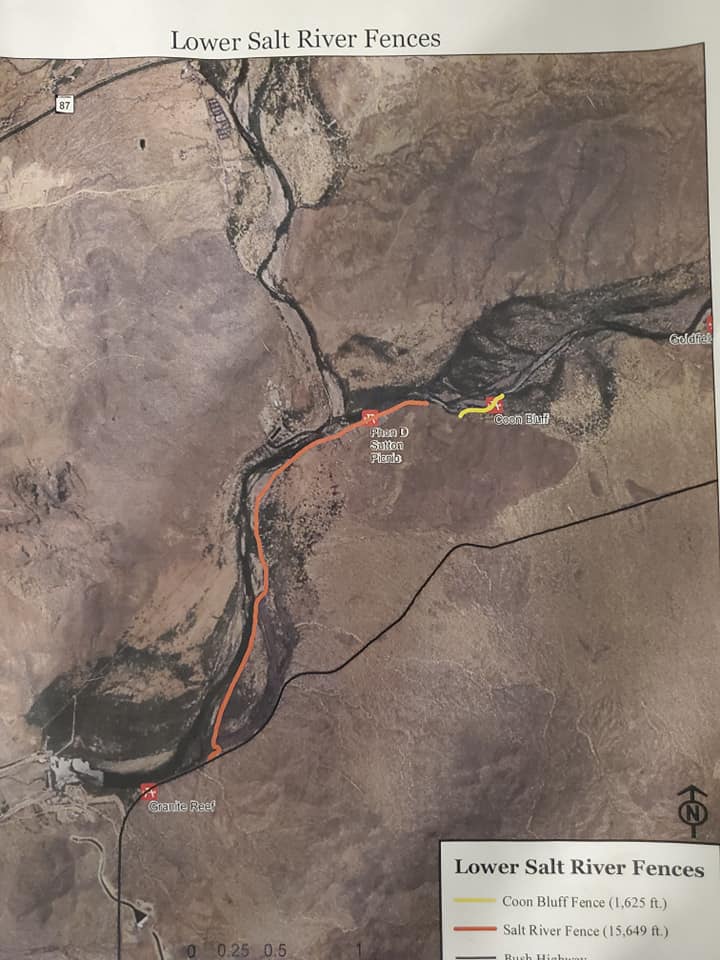As 2020 has begun and the future is upon us, we need to urgently let you know that the fight for the protection of the famed Salt River wild horses in Arizona’s Tonto National Forest is not over.
- The threats: harmful, poorly planned fences and long-term management proposals, developed in a flawed “collaborative process” that took place last year.
- The potential impacts: Large-scale removal of wild horses from the Tonto National Forest, severe reductions in horses’ habitat, and blocking of horses from habitat crucial to their survival.
- The antidote: Public opposition and action for the future of the Salt River herd.
The American Wild Horse Campaign and the Salt River Wild Horse Management Group are declaring the week of Jan. 13th “Salt River Wild Horse Week” (Save #SaltRiverHorses) please take one action a day or all in one day to in support of these historic and cherished horses! We will ask the Forest Service to nix the badly planned boundary fence, we will ask MCDOT to build an overpass, and will ask AZDA to choose Proposal 2 for the long term management of the Salt River wild horses.



